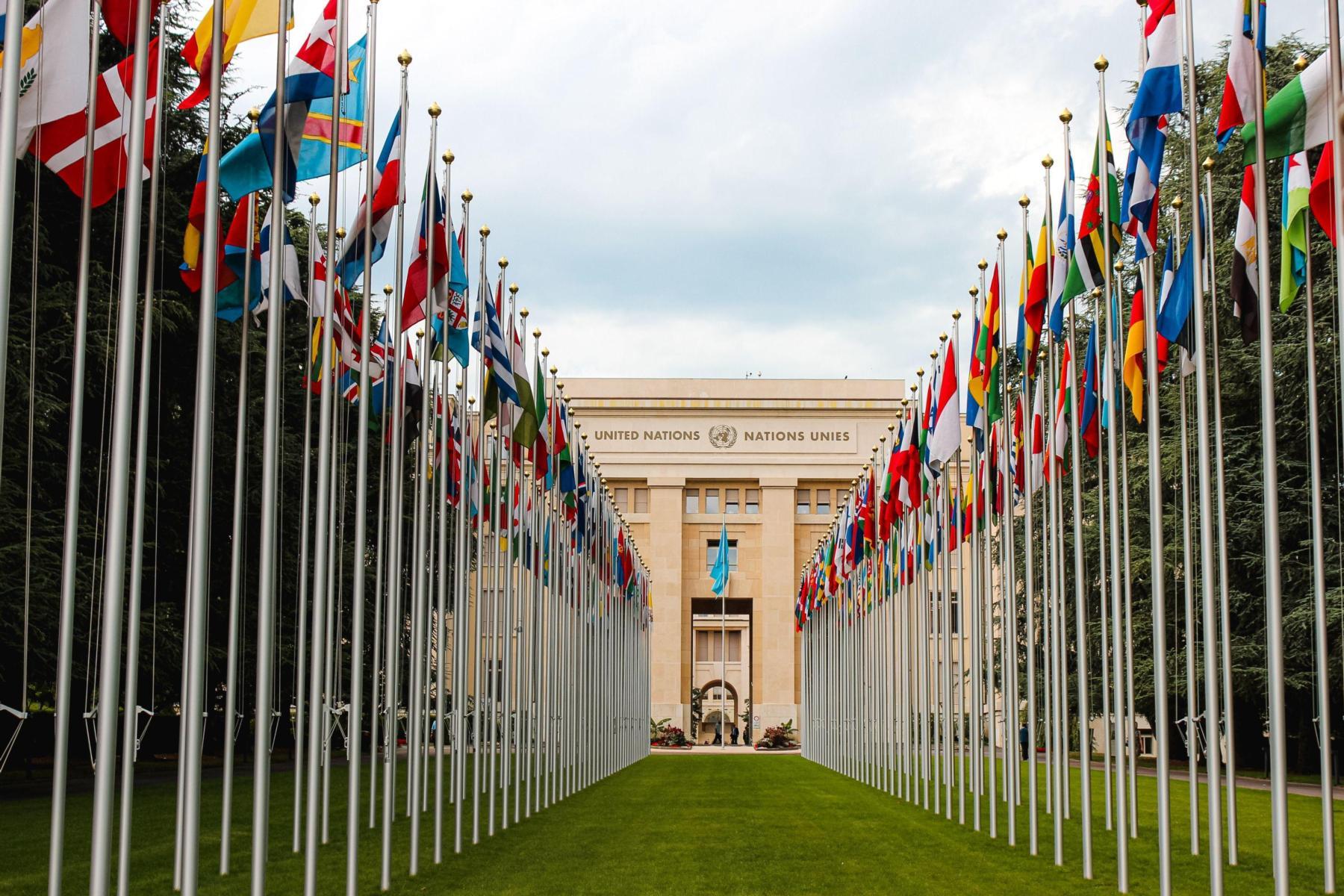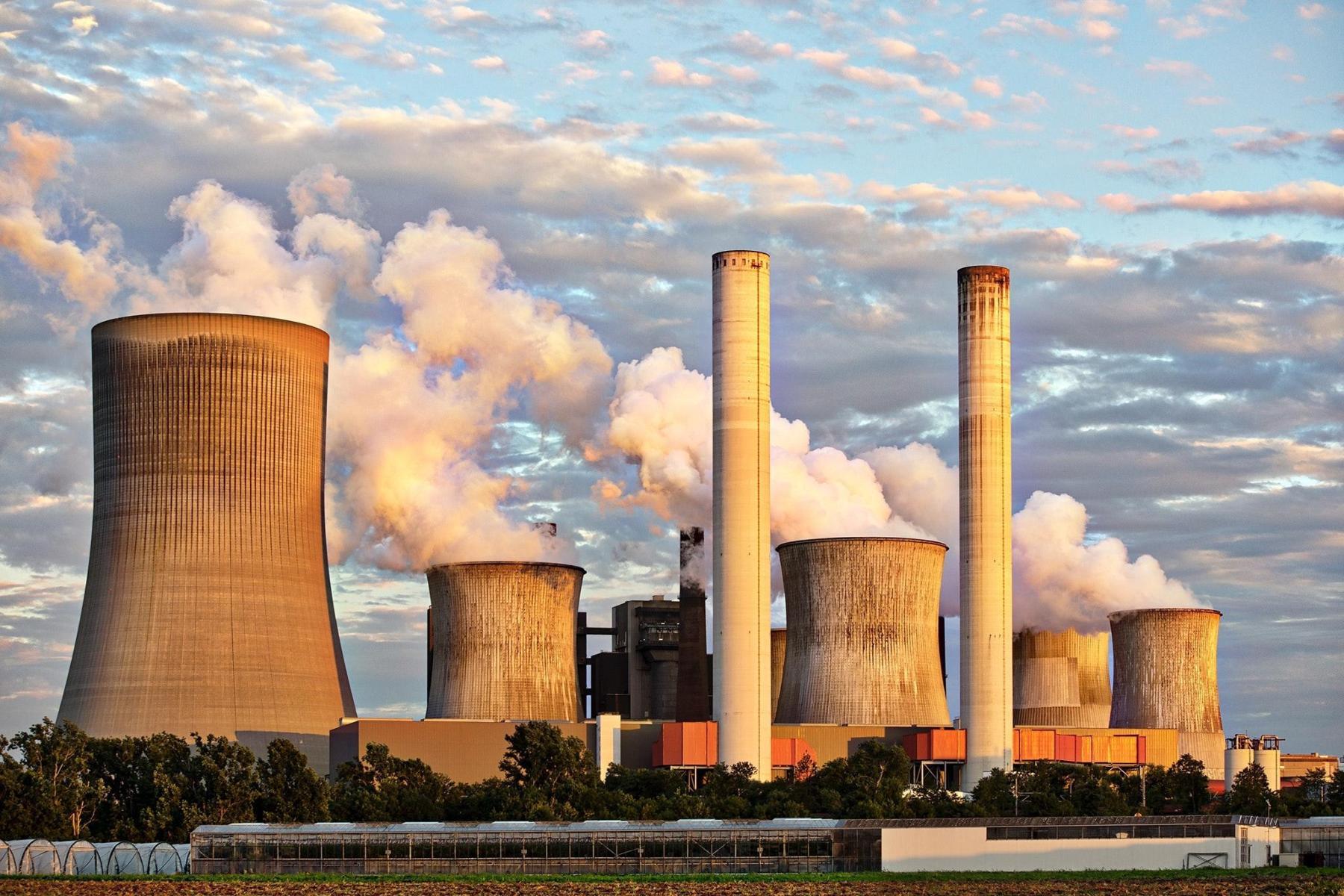OPED: UN Special Rapporteur warns against coal and nuclear power
30 November 2022: Using coal and nuclear power is the wrong way forward for Germany, warns UN Special Rapporteur Marcos Orellana. The health risks for people are too great, he says. These technologies create devastating climate impacts and toxic pollution that hurts people and the planet. Instead, Germany must double down on renewable energy investment.



